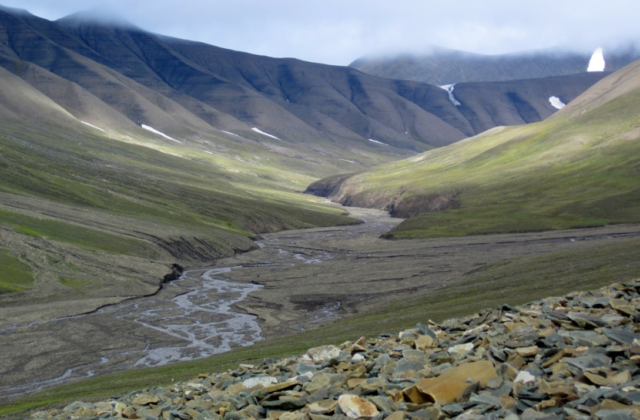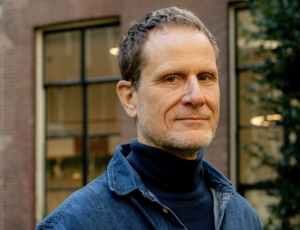
Landslides Happen at NIAS
Farewell poem by Maarten Kleinhans
Landslides happen at NIAS
We trickled in from home and sensed the place
a strange and quiet academic sanctuary;
and nearly stumbled at the change of pace.
Heretofore we all had climbed a mountain steep,
to face anew the heartfelt fall in dreams profoundly deep.
The morning’s melting wedding gown released
betiding, sprouting streams. On slipping soil and stone
we tottered down, with one by one in our trench alone.
Then words began to mingle, notions gently dawned,
ideas waxed into gist substantiating on our running mills.
We settled in a weekly cycle, spinning theses on
scholastic flywheels, passing seven rivers, woods and hills.
We celebrated cultural conviviality, and on these notes
the torrents confluenced en masse and broke new ground.
Buoyantly the shared momentum set our work afloat,
our weighty loads were swept ahead of our group and found
to crack closed books. Such landslides loomed at NIAS.
The soundscape is but scarcely recorded in the rumbling
stone, when we must split from our newborn troupe but grumbling.
We will transfuse our newfound windings into our streams to Eos.
The Earth Scientist Explains
Kleinhans: “It is often said that one should not explain art, but our artist-in-residence Robert Glas said that all art should be explainable to be more than individual. Another fellow said that translating poems is almost like writing new poems. So I wrote this in English. I could lay some blame for this poem with them, but then I realized you could have left this page.
When I came to NIAS I was an earth scientist. Scientists like literal meanings. Much in the poem is literally correct, such as flows converge and mix into bigger flows. Certain types of earth movements can carry enormous rocks because of the low density difference between the rocks and the sediment-laden debris flows, which then increases the flow momentum even more. Debris flows are a force of nature when they hit man-made structures and supposedly fixed buildings. Intellectually speaking that may be a good thing.
Eos is of course the dawn of new, post-NIAS directions. Eos is sister to the golden Sun and the silver, lunatic Moon. By happy chance I did not meet very normal people at NIAS and I felt I needed extreme nature to describe my formative and joyous experience in the 2019/20 group of fellows. I had a landscape of Spitsbergen (Svalbard) in mind. See http://dx.doi.org/10.1016/j.earscirev.2015.04.004, http://dx.doi.org/10.1002/2015JF003525 and http://dx.doi.org/10.1038/ncomms8543 for my more down-to-earth work on Earth and Mars.”
-

-

-
 Insights
InsightsWhat is recognition?
-
 Insights
InsightsBullsh*t Security?